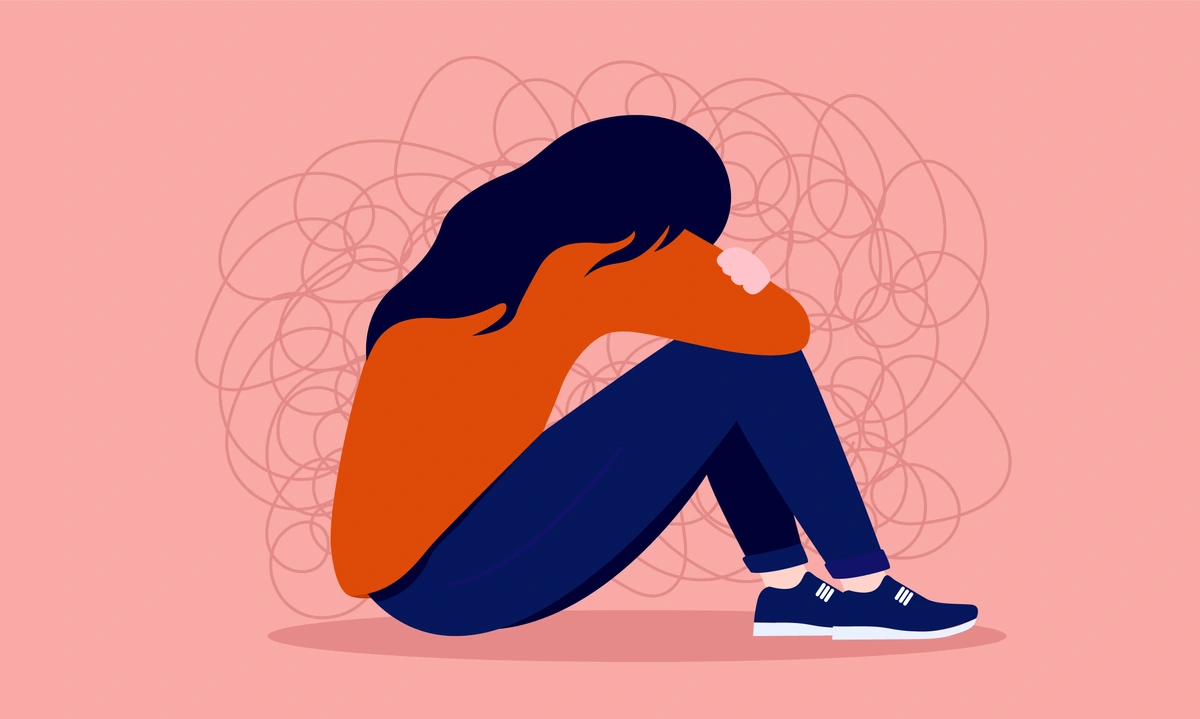Attention-Deficit/Hyperactivity Disorder (ADHD) - Hyperactive/impulsive presentation

ADHD - Hyperactive/Impulsive Type
ADHD usually exists throughout a person’s life with symptoms usually beginning in childhood. However, the symptoms are often not acknowledged in early life. Nearly 4.4% of the general population has ADHD. It is highly treatable in people of all ages.
Many individuals with ADHD are not diagnosed until adulthood. At times, the condition can be overlooked without an assessment or evaluation. Although ADHD symptoms persist over time, they may look different as people move through life.
A person can have ADHD without having hyperactivity. A lot of people do! Even though hyperactivity is part of the name, not all people have it, and not all people experience hyperactivity the same way.
What it looks like
There are a couple main components of ADHD - Hyperactive/Impulsive type. Hyperactivity and impulsivity symptoms can cause significant distress. Sometimes, hyperactivity feels more like racing thoughts, and not being able to shut one's brain off from thinking about a thought or a worry. Some individuals with ADHD say that they feel as if driven by a motor that they can’t turn off. Nobody likes waiting in long lines, but for people with ADHD, this type of unavoidable experience can be almost unbearable. The hyperactivity commonly visible in children is still present in adults, but it has changed form.
Impulsivity refers to acting before thinking. In people with ADHD, this can mean blurting out answers, having difficulty waiting, or interrupting others during conversation. Impulsivity is not limited to these classic ADHD symptoms: it may also lead a person to actions which can be problematic such as overspending, excessive drinking, or engaging in an argument when it would have been better to walk away. In contrast, people who do not have ADHD may think of an inappropriate response to someone’s comment, but they will not verbalize the thought.
The impulsive person with ADHD who is not receiving treatment may find themselves blurting out unfiltered comments, and then finding themselves regretting what they said. Sometimes, these “raw” comments may draw a crowd and be quite captivating socially, but at other times, they can cause problems at work or elsewhere. Other impulsive behaviors associated with ADHD include bingeing food and temper outbursts. ADHD treatment helps a person activate an inner censor that allows them more control over what they say, how they say it, and in general, how they act.
Unique challenges
Many people with the hyperactive/impulsive presentation of ADHD may have blamed themselves for their behaviors, thinking that they “should have” known better or should have been better able to control their actions. They may have regrets about inadvertently insulting a colleague or not showing up on time to a family event. Yet knowing something is not the same as being able to readily change one’s behavior, and this is why treatment is so important. The right treatment can give a degree of control in one’s life that they might not have had access to in the past: people with ADHD who have their symptoms managed are no longer victims of their own impulses. Instead, they may become leaders directing everyone else.
Untreated ADHD - Hyperactive/Impulsive presentation
Many believe that the ADHD brain has a deficiency in dopamine; a type of neurotransmitter that sends chemical messages that control pleasure, planning, motivation and a lot more. All humans need dopamine to be the optimal version of ourselves, and when we have less of it, we often find other ways to get dopamine. Not all ways of increasing dopamine are safe or helpful for us, for example substance abuse or other harmful substances can cause an increase in dopamine. It’s worth pointing out that when left untreated, ADHD - Hyperactive/impulsive type can increase a person’s likelihood of experiencing traffic accidents & violations, sexually transmitted diseases, problems with keeping their job, drug dependence, criminal behavior, injury, and even premature death due to some of the actions they may take. Luckily, there are many ways to increase dopamine without putting ourselves in danger or at risk, such as engaging in pleasurable activities, connecting with others, having a balanced diet/lifestyle, and more.
Outlook
While living with ADHD can present unique obstacles, treatment can dramatically improve one’s quality of life. The majority of people who are properly diagnosed and treated with the newest medications observe transformative results. In fact, people who have received treatment for their ADHD often say that it is one of the best decisions they’ve ever made. With treatment, people with ADHD tend to be able to harness their strengths of being fearless and action oriented, making them excellent entrepreneurs and natural leaders.
In good company
Many prominent people reportedly have ADHD, such as Olympic star Simone Biles, singer Justin Timberlake, entrepreneur Richard Branson, athlete Michael Jordan, and many others. Individuals with ADHD are definitely not alone in this experience!
The current thinking on what causes ADHD
Why do some people have ADHD while others do not? No one knows for sure what causes ADHD, but most experts believe that it is brain-based and largely driven by genetics. ADHD tends to run in families, and people with ADHD often have a close relative with it as well. Brain scientists have determined that ADHD brains have size and connectivity differences compared to non-ADHD brains.
There is still some disagreement amongst scientists as to whether environmental factors can contribute to ADHD. For instance, mothers who smoke are more likely to have children with ADHD; but, many children with ADHD are born to mothers who have never used tobacco.